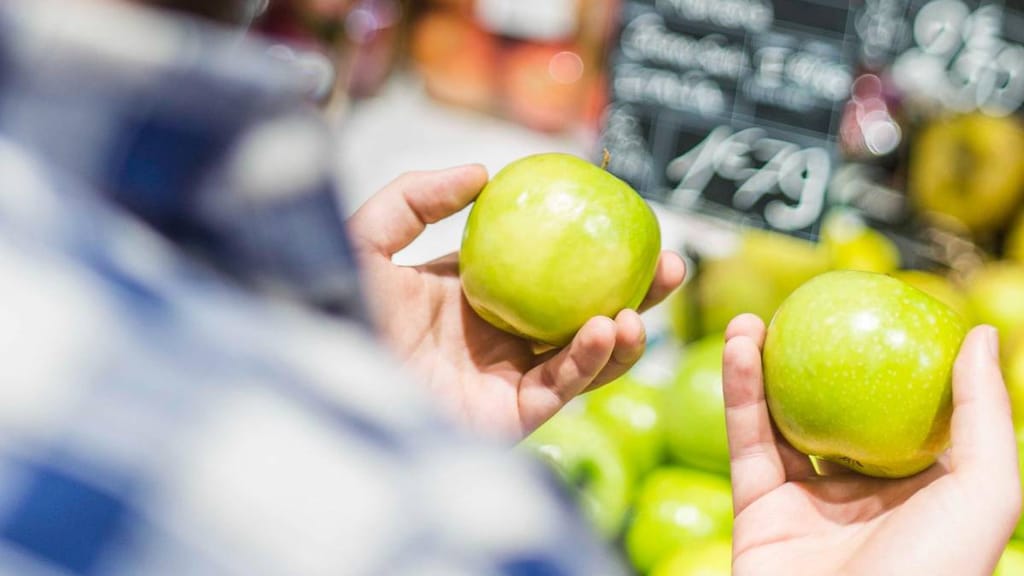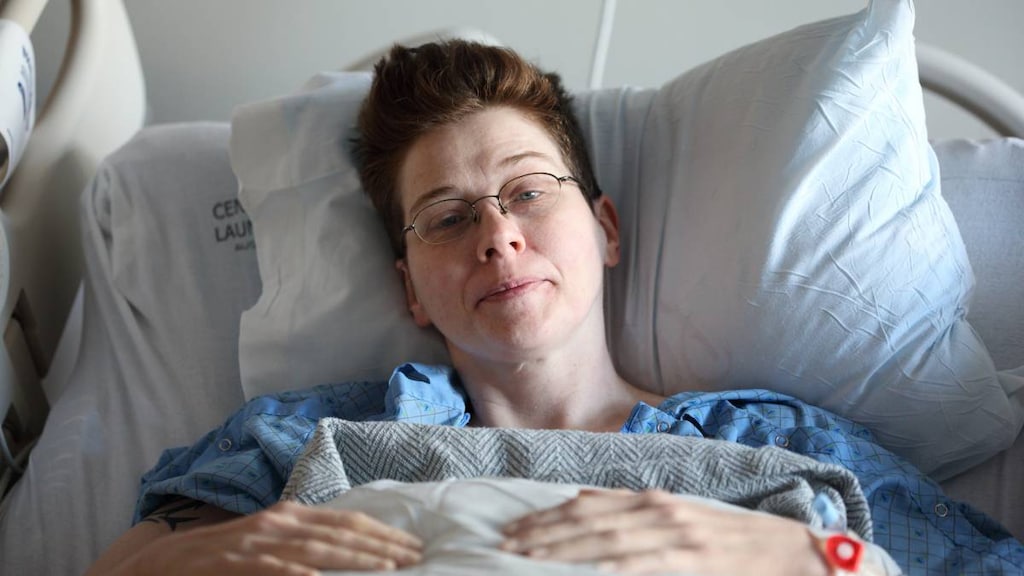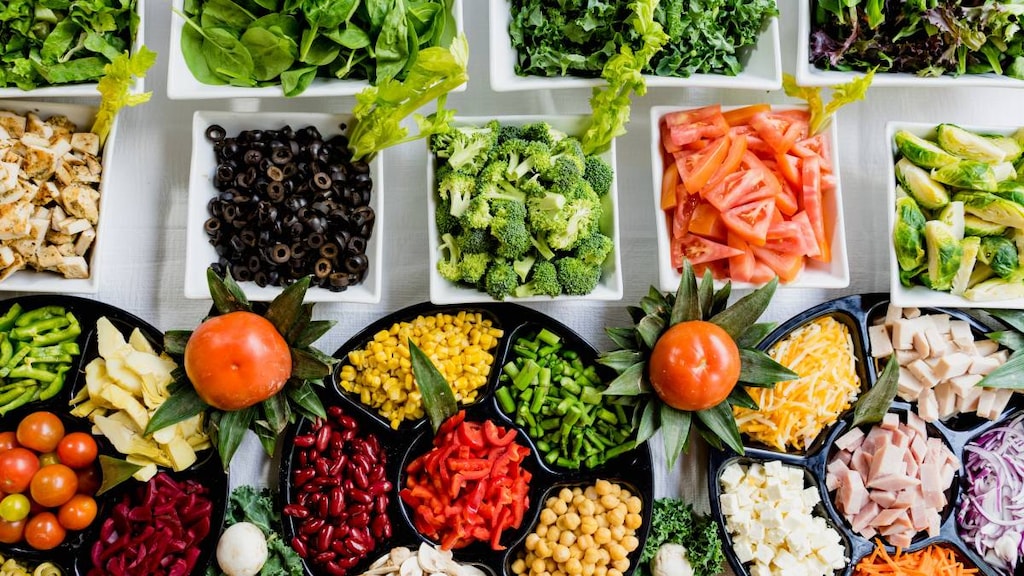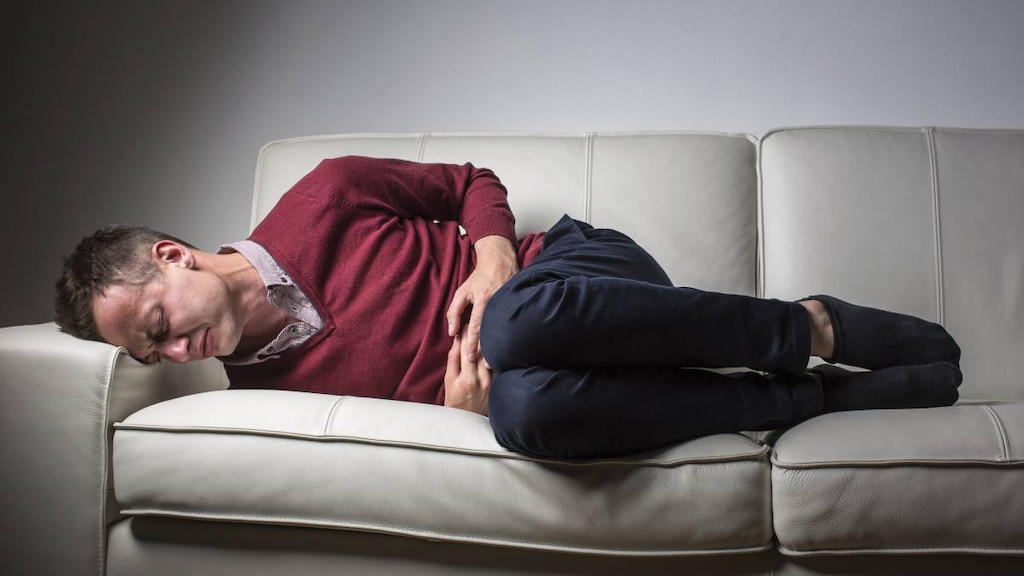Crohn’s Disease Surgery: What You Need to Know
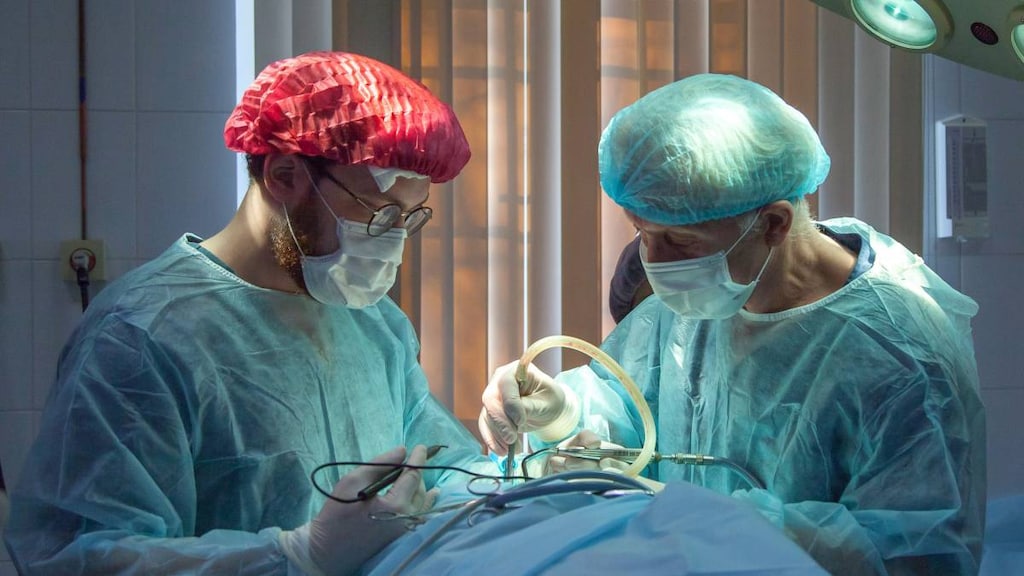
Crohn’s disease can be a perplexing medical condition for the 3 million Americans who experience it. The digestive symptoms can be quite severe, they come seemingly out of nowhere with no clear cause and they can be difficult to manage.
A standard case of Crohn’s involves unpleasant digestive symptoms such as abdominal pain, cramping, persistent diarrhea, bloody stools, mouth sores, fatigue and sometimes fever, according to the Mayo Clinic. Typically, a person with Crohn’s will feel normal for a few weeks or months, and then symptoms will “flare up” for several weeks or months, explains the Crohn’s & Colitis Foundation.
Standard Crohn’s disease treatment
Most people with Crohn’s disease can keep their symptoms somewhat under control with a combination of medications and nutritional strategies, but there is no question that it can be difficult. There's no one-size-fits-all solution for treating Crohn’s disease, and it often requires a lot of trial and error to find a personal solution, the Mayo Clinic says.
Some people find symptom relief and, in the best cases, disease remission through some combination of anti-inflammatory medications, immune system suppressors, antibiotics and dietary management. However, when those strategies fail, surgery may be the remaining option. The Mayo Clinic notes that nearly half of people with Crohn’s disease end up requiring at least one surgery at some point in their lives.
Crohn’s disease surgery
Surgery for Crohn’s disease is a big decision. Usually, surgery is considered only after other strategies have failed. In addition, Crohn’s can be a progressive disease, and over time it causes damage to the intestines such as a fissure, fistula or intestinal obstruction. In many instances, surgery is the only option available for remedying these Crohn’s disease complications, notes the Crohn’s & Colitis Foundation.
Surgery, however, will not cure Crohn’s. It can remove damaged portions of the intestines and provide at least a temporary reprieve from symptoms. It’s still possible that symptoms can return within a few years, and another surgery might be needed. The foundation notes that 30 percent of people with Crohn’s disease experience symptom recurrence in three years, and 60 percent experience recurrence within 10 years of surgery.
Crohn’s disease surgery types
There are several different types of Crohn’s disease surgery, and the right treatment for you will depend on your symptoms and the specific nature of the problems that Crohn’s disease has caused in your body. Here’s an overview of some of the different surgery types:
Small and large bowel resection
Resection refers to a surgery in which a portion of an organ is removed, and then the two healthy ends around the removed portion are joined back together, according to the Crohn’s & Colitis Foundation. Small bowel resection is for the small intestine, and large bowel resection is for the colon.
Your doctor might recommend a resection for various reasons. For instance, surgery may be suggested because of a stricture, which is a narrowing of a portion of the intestines caused by inflammation from Crohn’s disease. Another possible reason for a resection is a perforation, or hole, in the intestinal wall.
A third type of resection that your doctor might recommend is known as an ileocecal resection. This involves removing the terminal ileum, which is an area at the end of the small intestine that often becomes diseased and damaged from Crohn’s disease complications.
Strictureplasty
If a narrowing of the intestines, or stricture, occurs due to inflammation from Crohn’s disease, it can block the passage of stool through the intestine and lead to additional complications, the Crohn’s & Colitis Foundation notes. One way to treat a stricture is resection, as described above. An alternative to resection that does not involve removing a portion of intestine is strictureplasty.
This is a procedure that widens the narrow portion of the intestine in order to let food or stool pass through. It involves making incisions along the intestine, and then shortening and stitching the area back together in a way that makes the narrowed portion of the intestines much wider. This procedure works better in the two lower sections of the small intestine, the ileum and jejunum, than it does elsewhere in the bowels.
Fistula removal
A fistula is a hole or a tunnel that connects two areas of the body that typically are not connected. With Crohn’s disease, inflammation in the intestines can first cause sores or ulcers, which can worsen into fistulas that can drain pus from the intestines into another part of the intestines or other areas of the body, according to the Crohn’s & Colitis Foundation.
Fistula removal can be performed in several ways. It may involve using a plug or glue to close the fistula, or it could involve draining the fistula or enlarging it to allow it to heal. In some cases, fistula removal may require an ileostomy to divert stool from the intestine so the fistula can be operated on.
Abscess drainage
Abscesses are collections of pus that can develop in the intestines of those with Crohn’s disease. They can be treated with antibiotics, but large or severe abscesses may need to be drained surgically, the foundation says. This involves making an incision in the abscess and inserting a tube to drain it.
Proctocolectomy and colectomy
Proctocolectomy and colectomy are the most extensive surgical procedures related to Crohn’s disease, according to the foundation. A proctocolectomy involves the surgical removal of the colon and rectum, while a colectomy is the removal of the colon. These are for people with very severe Crohn’s symptoms and a poor quality of life.
For a colectomy, the lower part of the small intestine is attached to the rectum after the colon is removed. People who undergo a proctocolectomy will have the end of their small intestine directed to a hole in the abdominal wall, where waste is collected in an ostomy bag.
Crohn’s disease after surgery
In most cases, life after surgery improves for those with severe Crohn’s symptoms. They may find that their symptoms go into remission for several years, and they no longer have to worry as much about life with Crohn’s, at least for a time.
For those who undergo a proctocolectomy, learning to live with an ostomy bag takes adjustment. The Crohn’s & Colitis Foundation says you may have up to 12 soft, runny bowel movements each day after the surgery, and you may be self-conscious about the ostomy bag. But many people find that their lives improve because the severe pain and other symptoms of Crohn’s are gone.
Diet after surgery
Keep in mind that, even after surgery, there's still a chance of symptoms returning, the Crohn’s & Colitis Foundation notes. It’s best to maintain some of the same dietary principles you followed before surgery. This includes eating several small meals throughout the day, staying hydrated and avoiding any potential trigger foods, like foods with lactose, insoluble fiber, sugars, fats or spices. People with an ostomy bag can eat foods high in pectin like bananas, applesauce and peanut butter to thicken their stools and manage diarrhea.
The final word on Crohn’s disease surgery
Getting surgery for Crohn’s disease is a big decision, as complications can occur, and there’s always a chance of symptoms returning. For example, some people who get a resection or a strictureplasty can develop short bowel syndrome, which is when the small intestine can no longer absorb nutrients the body needs. This leads to symptoms like abdominal pain, diarrhea, weight loss, food sensitivities and more.
Many who get the surgery, however, find that their quality of life greatly improves. Plus, surgery can help minimize the high risk for colorectal cancer that people with Crohn’s disease have.
Article references
- Overview of Crohn’s Disease, Crohn’s & Colitis Foundation, 2019, https://www.crohnscolitisfoundation.org/what-is-crohns-disease/overview
- Crohn’s Disease - Overview, Mayo Clinic, 2019, https://www.mayoclinic.org/diseases-conditions/crohns-disease/symptoms-causes/syc-20353304
- Signs and Symptoms of Crohn’s Disease, Crohn’s & Colitis Foundation, 2019, https://www.crohnscolitisfoundation.org/what-is-crohns-disease/symptoms
- Crohn’s Disease – Diagnosis, Mayo Clinic, 2019, https://www.mayoclinic.org/diseases-conditions/crohns-disease/diagnosis-treatment/drc-20353309
- Crohn’s Disease Treatment Options, Crohn’s & Colitis Foundation, 2019, https://www.crohnscolitisfoundation.org/What-is-crohns-disease/treatment
- Small and Large Bowel Resection, Crohn’s & Colitis Foundation, 2019, https://www.crohnscolitisfoundation.org/what-is-crohns-disease/treatment/surgery/small-large-bowel-resection
- Strictureplasty, Crohn’s & Colitis Foundation, 2019, https://www.crohnscolitisfoundation.org/what-is-crohns-disease/treatment/surgery/strictureplasty
- Fistula Removal, Crohn’s & Colitis Foundation, 2019, https://www.crohnscolitisfoundation.org/what-is-crohns-disease/treatment/surgery/fistula-removal
- Abscess Drainage, Crohn’s & Colitis Foundation, 2019, https://www.crohnscolitisfoundation.org/what-is-crohns-disease/treatment/surgery/abscess-drainage
- Proctocolectomy and Colectomy, Crohn’s & Colitis Foundation, 2019, https://www.crohnscolitisfoundation.org/what-is-crohns-disease/treatment/surgery/proctocolectomy-colectomy
- Surgery for Crohn’s Disease and Ulcerative Colitis, Crohn’s & Colitis Foundation, 2019, https://www.crohnscolitisfoundation.org/sites/default/files/legacy/assets/pdfs/surgery_brochure_final.pdf
- What Should I Eat?, Crohn’s & Colitis Foundation, 2019, https://www.crohnscolitisfoundation.org/diet-and-nutrition/what-should-i-eat
- Surgery for Crohn’s Disease, Crohn’s & Colitis Foundation, 2019, https://www.crohnscolitisfoundation.org/what-is-crohns-disease/treatment/surgery
